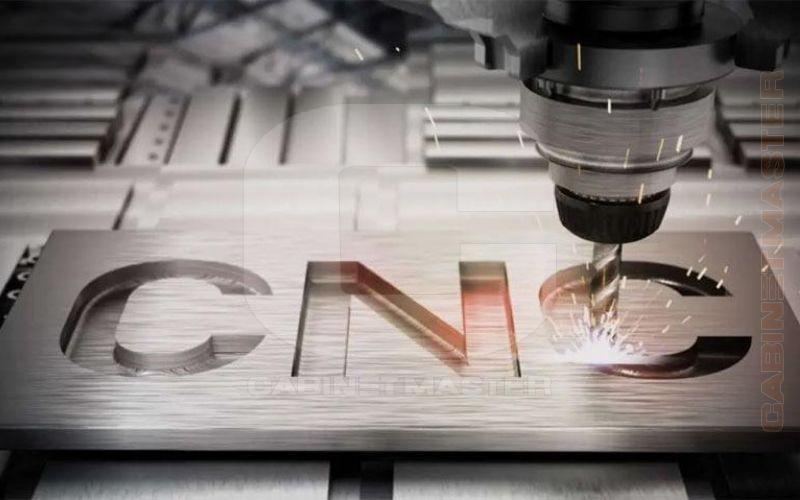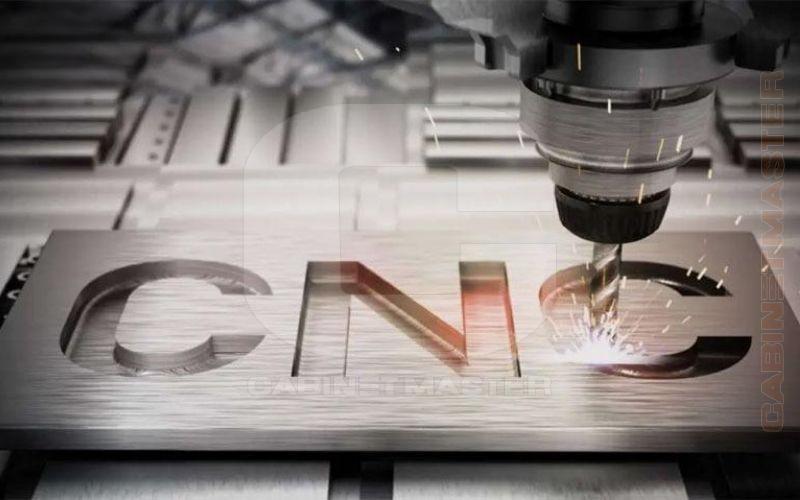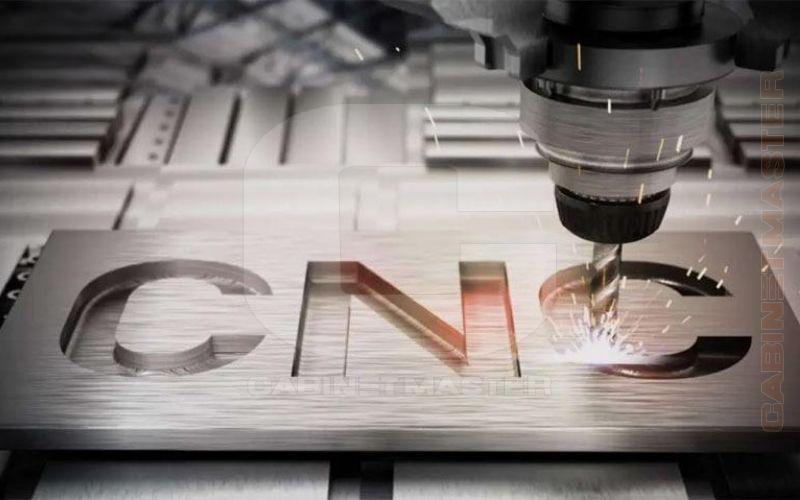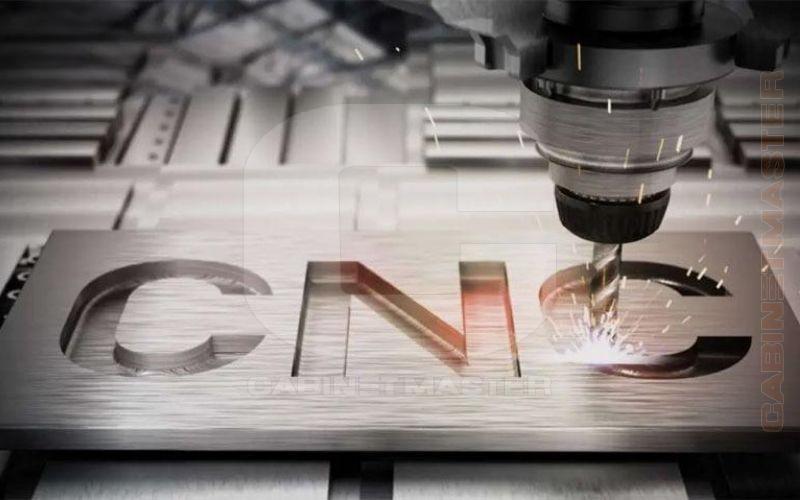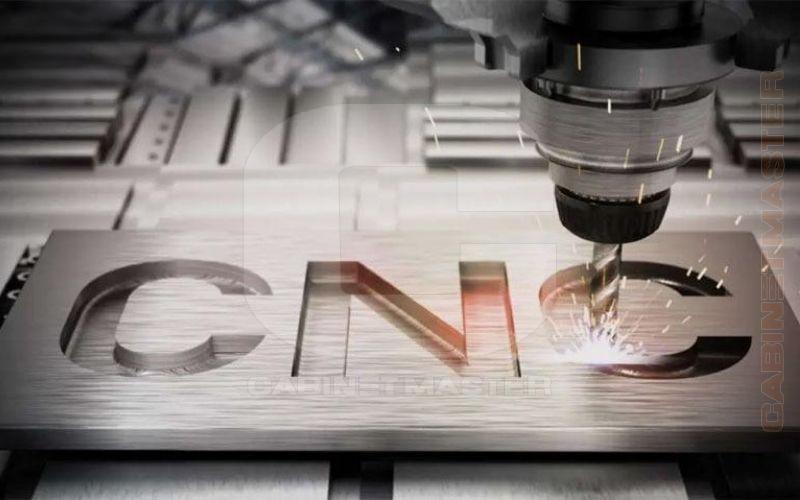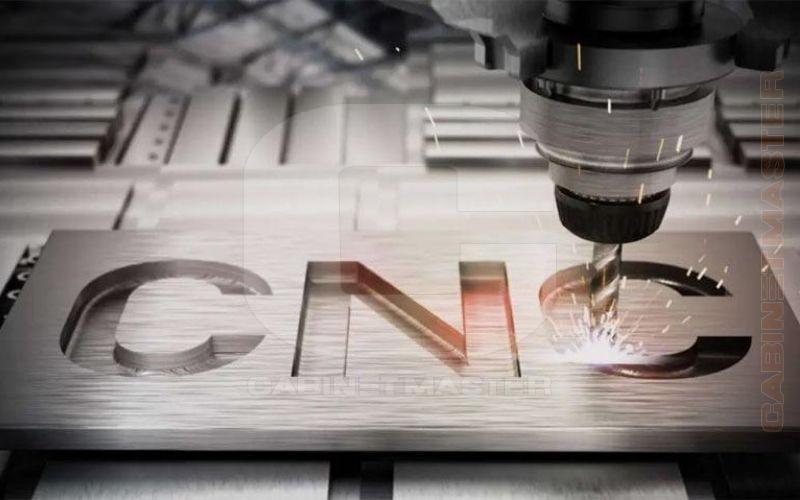Manufacturing Tooling Design Fundamentals
What is Manufacturing Tooling?
Here we will define tooling as any of the various types of accessories, fixtures, jigs, dies, molds, mills, and cutters that impart a geometrical shape on the raw material used for the mass production of finished goods.
Some types of tooling are generic, meaning they can perform the same task on a workpiece without regard to what that material is or the shape is made. Other types of tooling are custom-made to perform a specific function on one finished or semi-finished product.
Note that “tooling” can refer to the tools themselves, or to the process of designing and fabricating them. Tools are so important to the ultimate product that a “tool and die maker” is considered to be the highest form of the machinist’s trade.
Forming tools, which determine a product’s physical geometry, differ from secondary tools such as holding jigs and clamps. Although these are also important for many operations, holding and alignment tools are themselves independent of the shape of the parts they make, and product designers generally have no input on, or control over, their form and function except in special cases.
Holding fixtures and clamps are usually part of the general machinery and equipment belonging to the manufacturer. This isn’t the case with a bespoke plastic injection mold tool, for example.
That kind of tool usually belongs to the customer and constitutes a significant percentage of their overall production expenses. That’s why product designers have a great incentive to keep this cost as low as possible, while also ensuring the greatest return from their tooling investment.

Why is Tool Design Important in Manufacturing?
Every kind of tool is designed to perform a specific task on a semi-finished item. The possible number of tasks is essentially infinite, but the desired end result is universal: did the tool work as intended to make the feature or perform the task quickly, accurately, in the fastest possible time, and at the lowest cost?
Saving production time and lowering costs is in the interest of both the manufacturer and the end customer, but there are often trade-offs between speed, cost, accuracy, and quality. This is just as true for finished parts as it’s for the tools used to make them.
Therefore, getting the best performance from a manufacturing tool means paying close attention to tooling design long before it goes into production. Spending extra care at the design stage is the single best way to ensure the best performance and to save unnecessary costs when it comes time to make parts.

What are the Fundamentals of Tooling Design?
It’s not possible to cover every tooling design decision that a product developer needs to make in partnership with their manufacturing provider. However, it’s possible to narrow these choices down to a few discrete categories that apply to all tools, regardless of their function.
1. Tooling Material – What is the best tooling material? The best raw material for making a production tool is the one that provides the best performance for your application, at the lowest cost, and in the shortest time. Therefore, it all depends on what you need the tool to do, for how many parts, over what period of time, and with what degree of precision.
Of course, not every type of tooling raw material will be suitable for every application. For example, aluminum can be used to make perfectly acceptable plastic injection mold tools and dies. However, aluminum can never be used to make a cutting mill for a CNC machine.
Again, it’s all about matching the tool material with the intended application. Most applications have a limited range of suitable materials that have proven their worth over many years of practical experience. Product developers should therefore be guided by the advice of their manufacturing service providers.
2. Production Volume and Durability – If you’re going to make high volumes of finished parts, then you need a tool that’s durable if you want to avoid the expense of making many tools for one production run. This means it must be made of tough metal – tough in this sense means the ability to take repeated stress, and be deformed plastically, without tearing and without permanently altering its shape.
Durable tools need to hold their tolerances for a long time while resisting thermal, chemical, and mechanical breakdown. And yes, durable tools are more expensive and time-consuming to make than their short-lived counterparts.
3. Tolerance and Precision – If a tool is used to make a very precise finished part, then the tool itself requires more careful manufacturing. This means it will be more expensive to fabricate and may need to be replaced, or at least “tuned up”, more frequently in order to maintain those tolerances. Well-made tools can be resharpened, repaired, or calibrated to extend their effective lifespan.
4. Cycle Times – How often will the tool be used during a normal production run? For a pressure die casting mold, the answer might be once every two minutes – although during those two minutes, the die will be subject to immense pressures and heat. If the tool is something like a sewing needle, then it will be cycled millions of times per day and will do so without complaint until it needs to be replaced.
Reducing cycling times to their lowest is the same as increasing processing speed, and that can mean pushing the tool to the point where it starts to wear out prematurely or even break altogether.
One of the best ways to extend tool life and increase processing speed is to use an aftermarket thin film coating on the tool. Chrome plating, nickel plating, physical vapor deposition, chemical vapor deposition – these surface coatings can all increase tool longevity and performance. But they add expense, so this cost should be balanced against higher rates of productivity.
5. Tool Changing Time – One aspect of efficiency that’s often overlooked is the question of how long it takes to change or swap out a tool on a production machine. This is done when the tool needs servicing or replacement. Large tools, like injection molds, use hoists and cranes to move them since they’re too large and heavy for a human operator, and replacing them can take hours.
Tool changing time is a cost driver because production workers are still being paid every minute although no parts are coming off the assembly line. Whenever possible, tool-changing efficiency should be part of the initial design calculation.

Modular Tooling
Another great way to save on manufacturing tool costs is to incorporate modular designs. This means that only one part of a tool can be swapped out – a cutting blade, a stamping die – while the rest of the holding fixture of the tool remains in place. This increases efficiency by reducing downtime during a production run.
Types Of Tools
Here is an overview of the general types of tooling that can be found in industrial machine shops such as Star Rapid.
1. Cutting tools – A cutting tool is used to slice raw material into discrete portions or to subtractively remove material to form a shape. Some cutting tools are stationary while others move against the material. Examples include end mills, cutters, drills, saw blades, shears, knives, and grinding wheels.
2. Dies – Dies don’t remove material but rather form it into different shapes. This is done either by stamping and pressing, or acting as a hollow form into which liquid raw material is poured and later solidified. Examples of dies are letter presses, punches, vacuum casting molds, investment casting dies, and embossing / debossing tools.
3. Injection molds – An injection tool is a more specialized form of a die. These forming tools are used for pressure die casting of metal or injection molding of plastic. They’re more complex than basic dies, and they have to resist a lot of internal pressure inside the tool. The design of these tools is most critical in determining the quality of the finished part.
4. Workholding tools – There are many kinds of work holding tools. They’re used to keep a workpiece in a fixed location so that other processes can be performed upon it. They include vises, clamps, jigs, hold-downs, pins, and even magnetic or vacuum-assisted worktables.
Star Rapid works closely with all of our clients to ensure that their custom tool designs are optimized to produce the highest quality finished parts in the shortest possible production time. Contact us today to speak to our tooling design engineers, who can offer you a variety of solutions to meet your product development goals.
If you liked reading this article, we recommend the following content:
- Prototyping to Production Tips for Developers
- Production Tooling in Manufacturing
- How to Reduce Manufacturing Cycle Times
- The Seven Major CNC Machining Techniques

